Experimental IVF, which involves extra egg from female donor, criticised by UK experts.
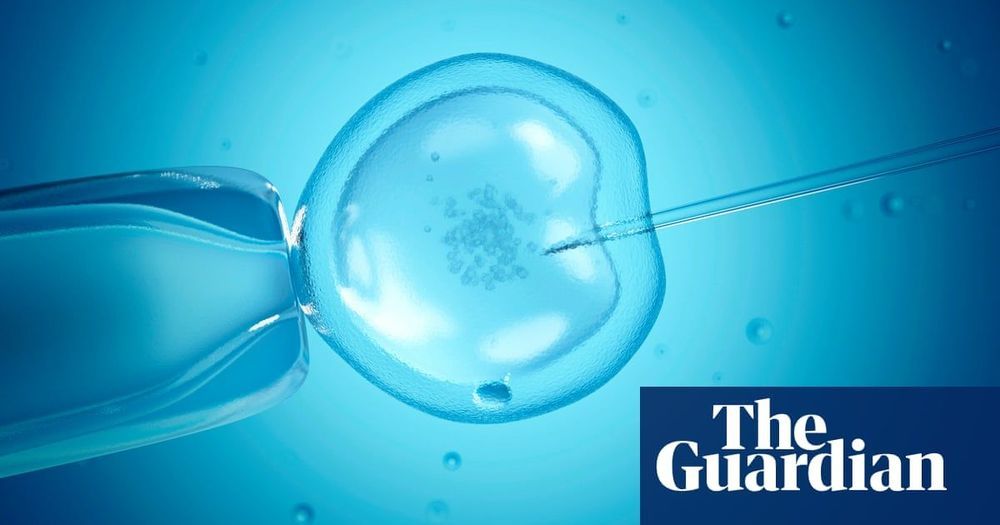



CHAMPAIGN, Ill. — Bacteria in the human body are sharing genes with one another at a higher rate than is typically seen in nature, and some of those genes appear to be traveling — independent of their microbial hosts — from one part of the body to another, researchers report in the journal Scientific Reports.
The findings are the result of a molecular data-mining method initially conceptualized by Kyung Mo Kim, a senior research scientist at the Korea Polar Research Institute. University of Illinois crop sciences and Carl R. Woese Institute for Genomic Biology professor Gustavo Caetano-Anollés developed the approach with his former student Arshan Nasir, of COMSATS University Islamabad, Pakistan, who is currently a Distinguished Fellow at the Los Alamos National Laboratory in New Mexico.
This computationally challenging method allowed them to identify instances of “horizontal gene transfer,” the direct transfer of genes between organisms outside of sexual or asexual reproduction.
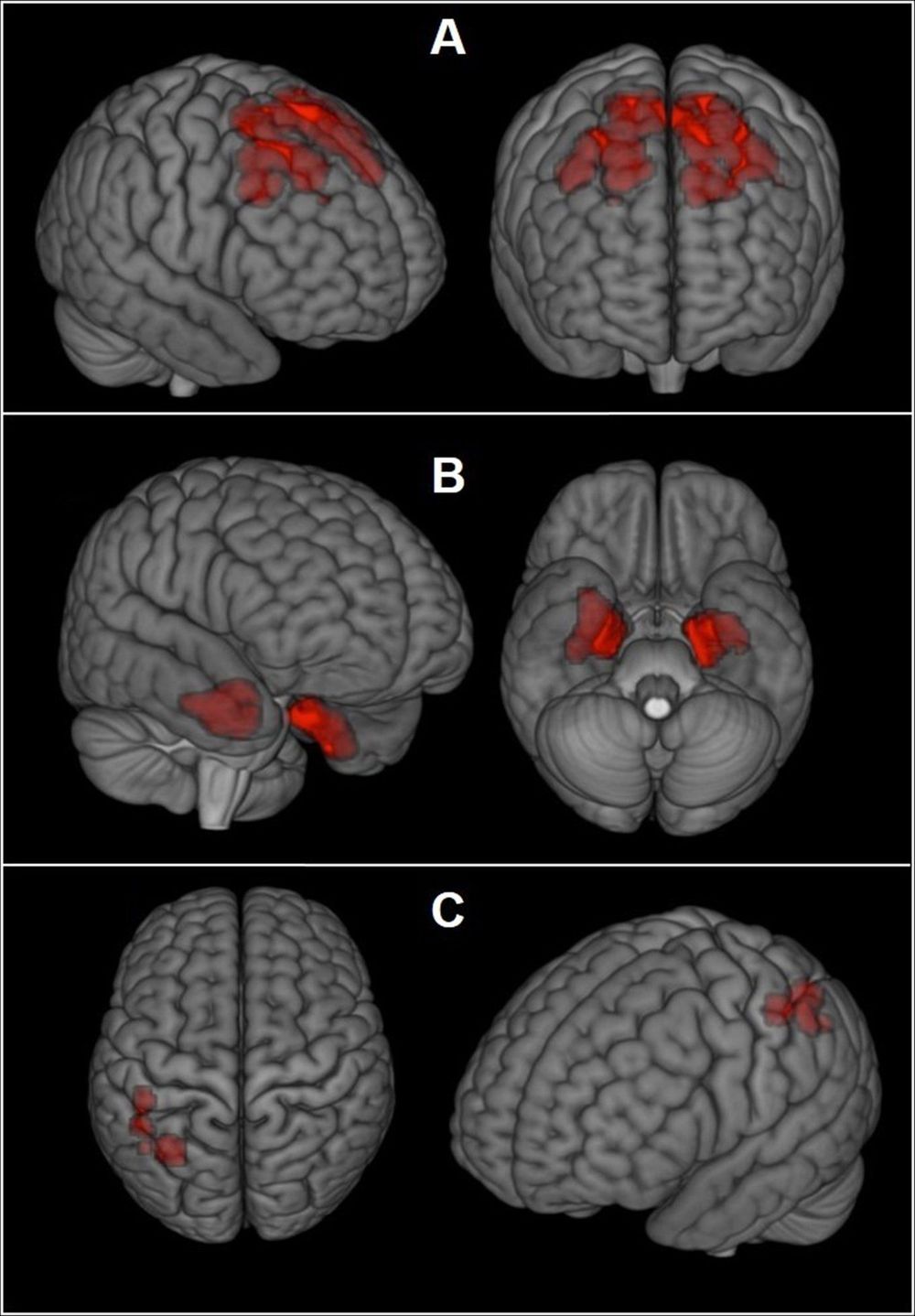
Researchers may be closing in on a way to check athletes while they’re alive for signs of a degenerative brain disease that’s been linked to frequent head blows. Experimental scans found higher levels of an abnormal protein tied to the disease in a study of former National Football League players who were having mood and thinking problems.
It’s the first time a major study has tested these scans for detecting chronic traumatic encephalopathy, or CTE, which is only diagnosed now after death, with brain autopsies.
Doctors are searching for a way to tell when players, veterans or others with concussions or other head injuries are at risk for permanent damage. It’s too soon to know if the scans will enable that — so far they only show that these athletes are different as a group; they can’t be used to say a particular player does or does not have CTE.
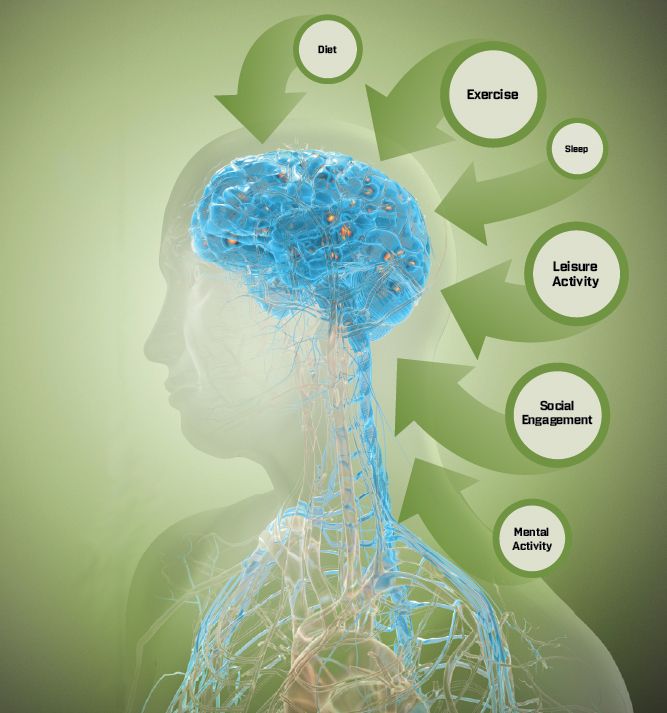
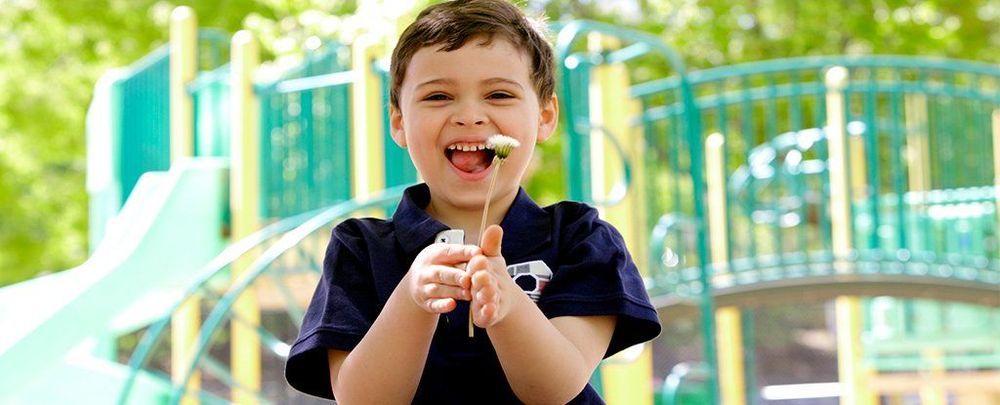
Transforming the microbial environment in the guts of children diagnosed with autism could significantly ease the severity of their condition’s signature traits, according to newly published research.
A study on the effects of a form of faecal transplant therapy in children on the autism spectrum found participants not only experienced fewer gut problems, but continued to show ongoing improvements in autism symptoms two years after the procedure.
Arizona State University researchers had already discovered a dose of healthy gut microflora caused characteristics associated with autism spectrum disorder (ASD) to ease or vanish for at least a couple of months after treatment ended.
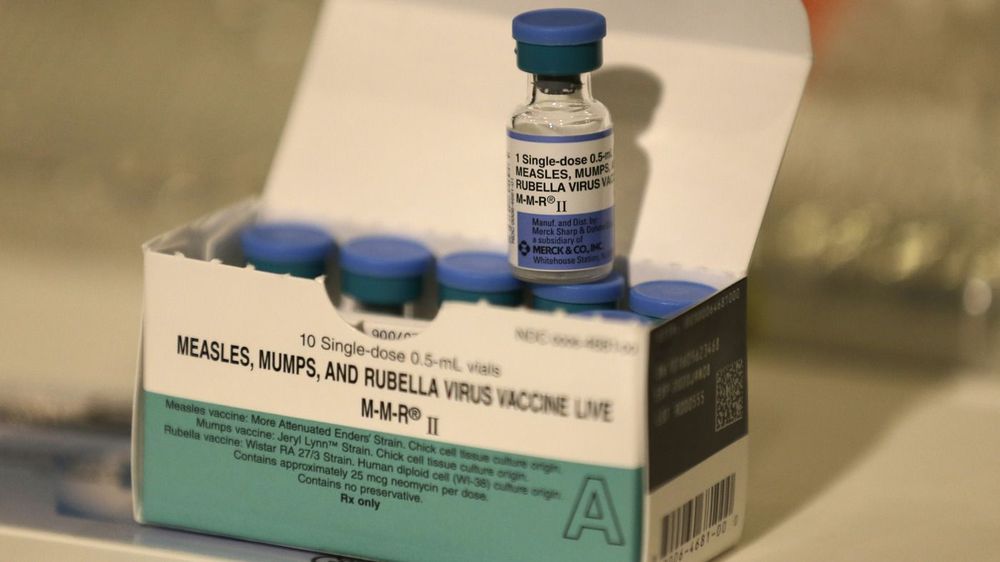
New York City on Tuesday ramped up the battle against the spread of a measles outbreak in a Brooklyn hot spot, declaring a public health emergency and calling for mandatory vaccinations.
Mayor Bill de Blasio said the emergency covers four Brooklyn ZIP codes, including most of Williamsburg and Borough Park, which have seen more than 285 cases of the measles since October.
“We cannot allow this dangerous disease to make a comeback here in New York City. We have to stop it now,” de Blasio said at a news conference. “We have a situation now where children are in danger. We have to take this seriously,” he added.
At Undoing Aging 2019, we interviewed some of the best researchers who are involved in discovering therapies for the root causes of aging. Their research aims to ameliorate the damages of aging and may one day lead to a future without age-related diseases.
We even had the chance to interview the well-known Dr. Aubrey de Grey, whose organization, the SENS Research Foundation, partnered with Forever Healthy Foundation to make Undoing Aging 2019 a reality. We asked him questions about how far SENS has come as an organization and what we can expect from future conferences.

“Ruby, along with her company Applied Stem Cell, is one of the world’s most respected experts in gene editing. We are delighted to be working with her on our ambitious project to transform the potential of somatic gene therapy, in terms of both its safety from creating unwanted mutations and its efficacy in delivering large amounts of DNA, which is founded on some pioneering work at Stanford in which she was also heavily involved.” says Aubrey de Grey.
https://www.undoing-aging.org/news/dr-ruby-yanru-chen-tsai-t…b5IQ0dQ64s
#undoingaging #sens #foreverhealthy